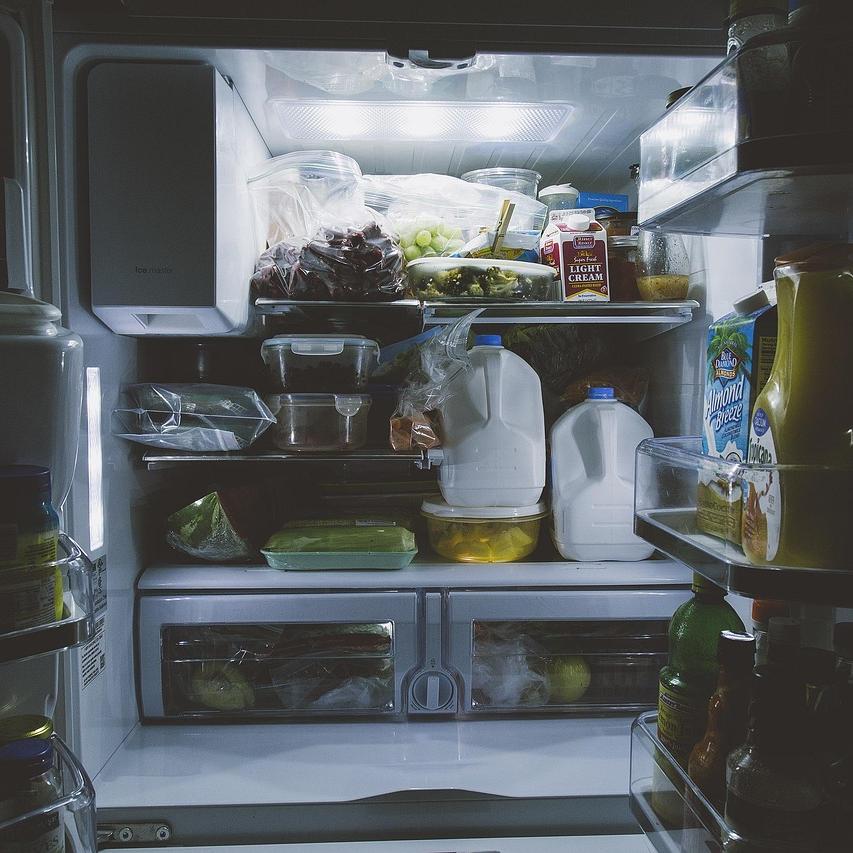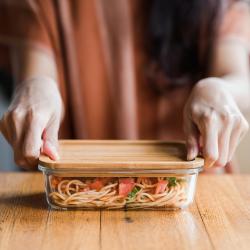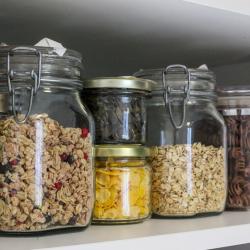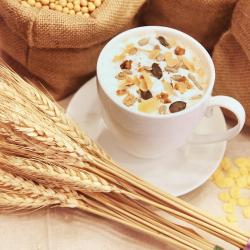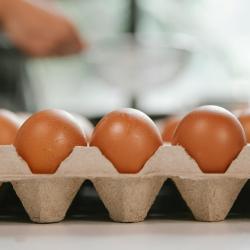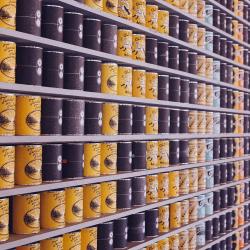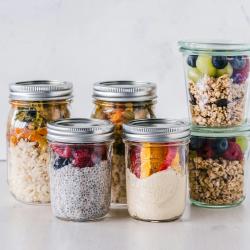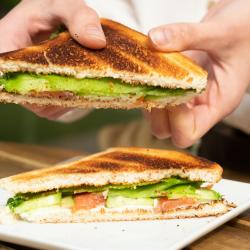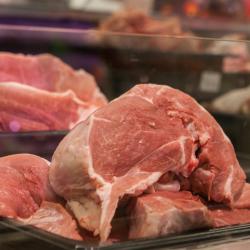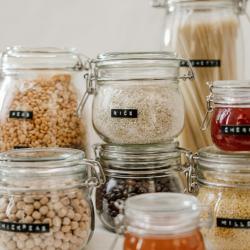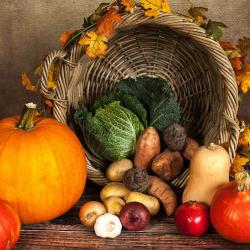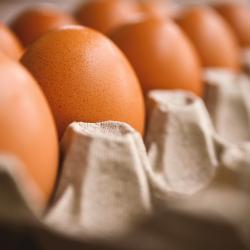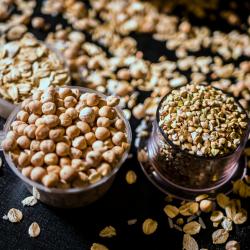How to Safely Package and Store Foods for Meal Prep
Meal prepping has become an increasingly popular practice, hailed for its efficacy in saving time, reducing stress, and helping maintain a balanced diet. Whether you're preparing meals for a week or a day, ensuring food safety is crucial to prevent foodborne illnesses and to maintain taste and nutritional quality. Here’s a guide on how to safely package and store foods for meal prep.
-
Choose the Right Containers
The foundation of safe meal prep storage is selecting appropriate containers. Here are a few tips:
- Material: Opt for BPA-free plastic containers, glass containers, or stainless steel. Each type has its benefits, but glass is excellent for reheating as it doesn’t leach chemicals.
- Size: Use various sizes to accommodate different portions. This helps in controlling portion sizes and facilitating easy storage.
- Sealability: Ensure containers have tight-fitting lids to keep air out and prevent leaks. Consider those with snap-on or lockable lids.
-
Cook Foods Thoroughly
Proper cooking is vital to kill harmful bacteria. Make sure:
- Temperature: Cook meats to their recommended internal temperatures. Use a food thermometer for accuracy.
- Uniformity: Stir food halfway through its cooking time to ensure even cooking.
- Standing Time: After microwaving, let food sit for a few minutes to enable residual heat to complete the cooking process.
-
Cool Foods Rapidly
Once cooked, food should be cooled quickly to prevent bacterial growth. Follow these steps:
- Two-Hour Rule: Do not leave perishable foods at room temperature for more than two hours.
- Cooling Methods: Divide large quantities into smaller portions to cool quickly. Ice baths and fans can also speed up the process.
- Temperature Check: Ensure food reaches the safe chilling temperature of 40°F (4°C) within two hours.
-
Labeling
Accurate labeling is key for maintaining order and preventing spoilage:
- Include Dates: Label containers with the date of preparation to help prioritize consumption.
- Food Details: List the contents if they aren’t clear from the outside, especially when freezing food.
-
Store Foods Appropriately
Where and how you store your prepped meals can make a difference:
- Fridge Storage: Keep the refrigerator temperature below 40°F (4°C). Store meals on shelves rather than the door to maintain consistent cold.
- Freezer Storage: When freezing, maintain temperatures at or below 0°F (-18°C). Utilize freezer-safe containers or bags to prevent freezer burn.
- Organization: Use a first-in, first-out system (FIFO) to ensure older meals are consumed before newer ones.
-
Reheating Safely
Reheating food has its rules to ensure safety and quality:
- Temperature Goals: Reheat leftovers to 165°F (74°C) to kill any bacteria.
- Microwave Tips: Cover food with a lid or microwave-safe wrap to retain moisture and ensure even heating.
- Stovetop/Stove Use: Stir foods regularly and use proper pans to prevent hot spots which may harbor bacteria.
Conclusion
Meal prepping is an excellent tool for healthy living when done safely. By using the right containers, following proper cooking and cooling methods, labeling effectively, storing foods smartly, and reheating appropriately, you’ll keep your meals delicious and safe all week long. Remember, safety and nutrition go hand in hand, ensuring your meal prep efforts not only save time but also uphold your health.
